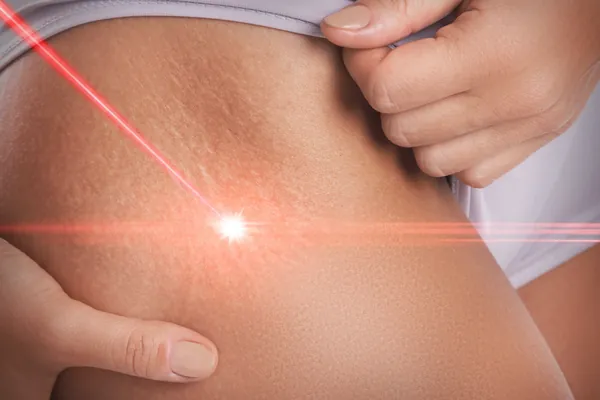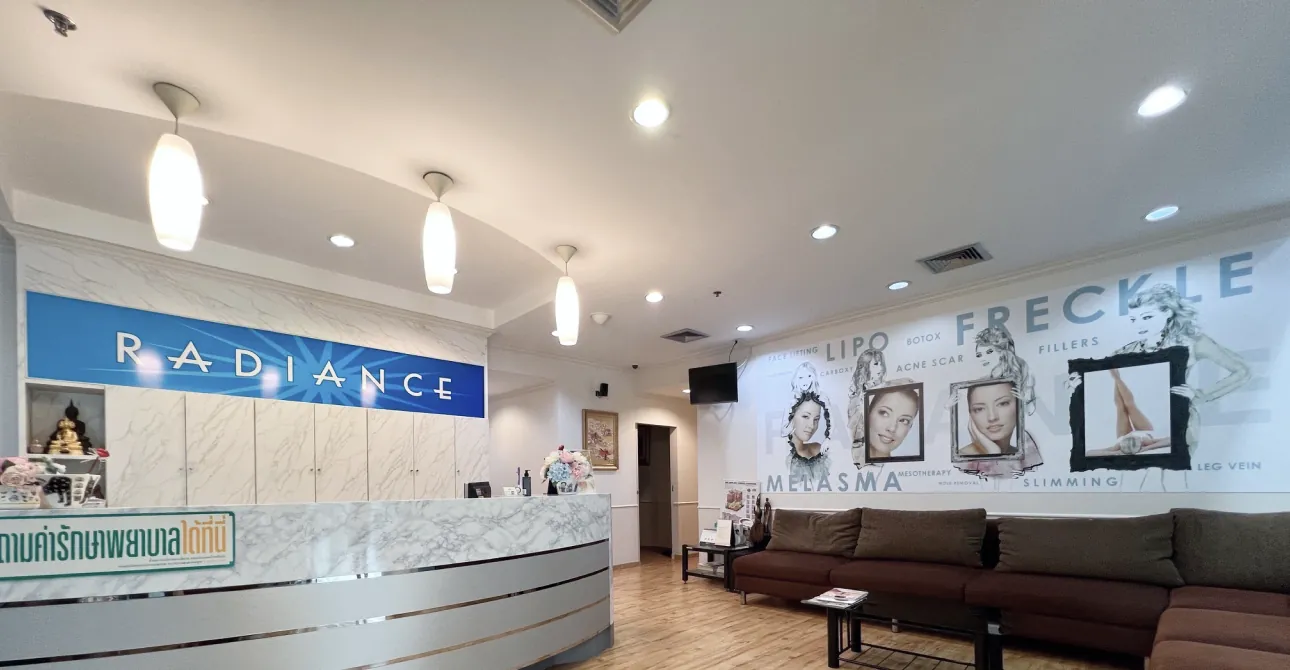What are the causes of stretch mark?
If you develop stretch marks, you’re most likely to do so during these times:
- Growth spurts that happen in puberty
- Pregnancy
- rapid weight loss or gain
- Weight training when you have rapid muscle growth
Applying a corticosteroid to your skin for a long time can also cause stretch marks. If you have Cushing’s disease or Marfan syndrome, you may see stretch marks.
When stretch marks first appear, they tend to be red, purple, pink, reddish-brown, or dark brown, depending on your skin color. Early stretch marks may feel slightly raised and can be itchy. In time, the color fades and the narrow bands sink beneath your skin. If you run your finger over a mature stretch mark, you often feel a slight depression.



